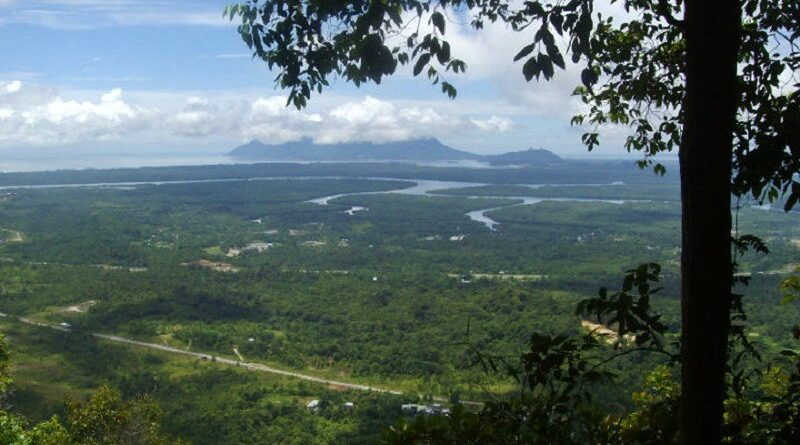Kuching: City of Cats, Orangutans, and the Wild Borneo Jungle
The lively city of Kuching is one of Malaysia’s top travel destinations, where you can see orangutans and visit Kubah and Bako National Park.
In this destination guide, we’ll explore the top sights in Kuching and its surrounding areas.
Travelling to Kuching
Kuching, a city located in the wild jungle of the vast island of Borneo, is the capital of the state of Sarawak and one of the most fantastic travel destinations in Malaysia.
The city of Kuching, along with the numerous national parks just beyond its urban limits, offers sights and a unique atmosphere entirely distinct from mainland Malaysia.
This is already evident in the vibrant city of Kuching, where, in addition to Malay and Chinese communities, you’ll find a significant number of Iban, an Austronesian ethnic group native to north-western Borneo.
The Ibans were once renowned as fearsome tribesmen who practised headhunting, but they are thankfully much more peaceful and hospitable these days!
Although mainland Malaysia also has rainforests, the dense jungles of Borneo are of a completely different nature, far wilder and more remote, with a wealth of flora and fauna unique to this part of the world.
Kuching is one of the best places in the world to see orangutans in their natural habitat, which is one of the main reasons why so many tourists travel to this part of Malaysia.
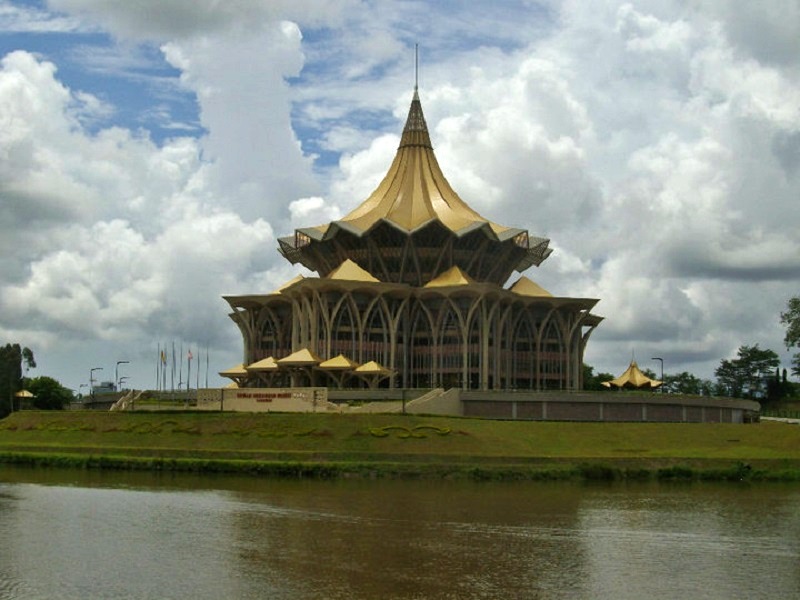
The city of cats
Although Kuching is famous for its orangutans, it is actually another animal that serves as the symbol of the city and even appears on its coat of arms: A cat.
Nobody really knows the exact reason why cats became intertwined with Kuching, and although there are many theories, they all contain some fallacies.
The Malay word for cat is “kucing”, similar to the Filipino word “kuting”, which means kitten, and this forms the basis of one of these theories.
James Brooke, a former British soldier who would eventually become the first White Rajah of Sarawak, arrived in Kuching in 1839 aboard the schooner Royalist on an expedition to the East Indies.
When Brooke asked a local the name of the town, the local answered “kucing”, mistakenly thinking the Brit was pointing at a cat, and this is how the name Kuching came to be.
Although the story is great, it has too many holes to be considered truthful, primarily because the Sarawakians (including the local Malay) have always used the term “pusak” for cats, much like the Filipino word for cat, “pusa”.
Moreover, the fact that the name Kuching was already in use long before Brooke travelled to Sarawak suggests that the story is merely a fantasy.
Another theory, which suggests that the name Kuching is derived from the Indian harbour city of Cochin (nowadays called Kochi), as the word somehow became synonymous with a trading port to both the British and the Chinese, might hold more merit.
In any case, the people of Kuching have proudly adopted the cat as the symbol of the city, and you can find it featured on a large monument, as well as in the Kuching Cat Museum.
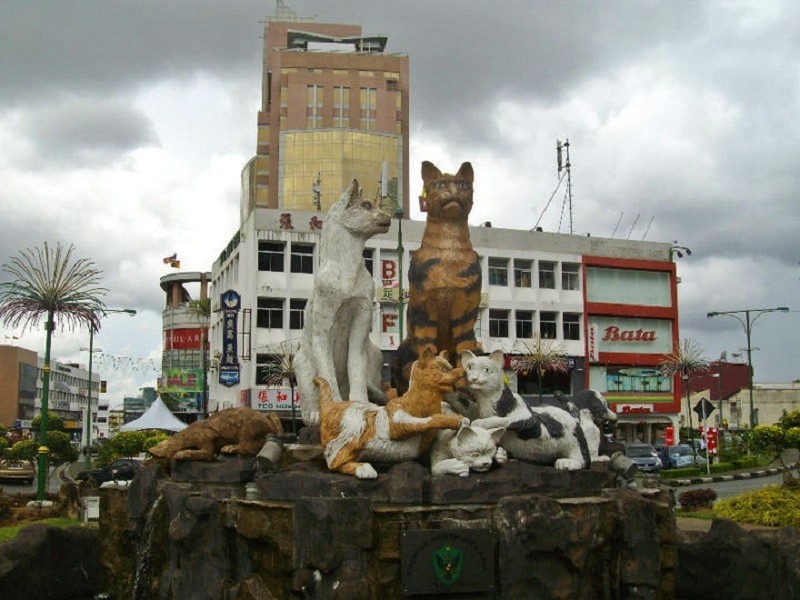
The sights of Kuching
The biggest sights in Kuching are concentrated along the waterfront and in Chinatown, which in my opinion is also the most attractive and lively part of the city.
Carpenter Street, the oldest in Kuching, features excellent examples of century-old Chinese shophouse architecture.
Don’t forget to visit the fine temples in Kuching’s Chinatown, such as the Hiang Thian Siang Ti Temple (Teochew) and the Tua Pek Kong Temple.
In Chinatown, you can also find plenty of food markets, hawker centres, bars, and restaurants, making it not only a fantastic area of Kuching to explore but also the perfect spot to enjoy some great food and a drink.
Just outside Chinatown, you’ll find some of the city’s finest mosques, including the Kuching City Mosque and Indian Mosque, as well as St Thomas’s Cathedral, an Anglican church.
South of Chinatown, Heroes’ Monument Park (Tugu Pahlawan) and Reservoir Park make for a fine setting for a stroll.
On the waterfront, the twisting Darul Hana Bridge links the city centre on the southern bank of the Sarawak River to the New Sarawak State Legislative Assembly Building on the northern bank.
Here you can also find Fort Margherita, an impressive British fort with whitewashed walls, constructed in 1879 by Charles Brooke, the second White Rajah of Sarawak, and now home to the Brooke Gallery.
Other interesting museums to visit in Kuching include the Sarawak Museum and the Borneo Cultures Museum.
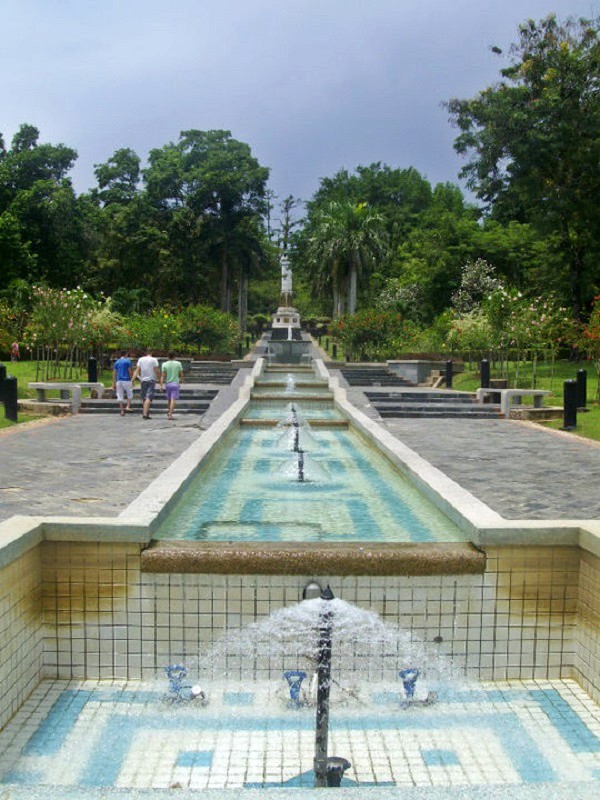
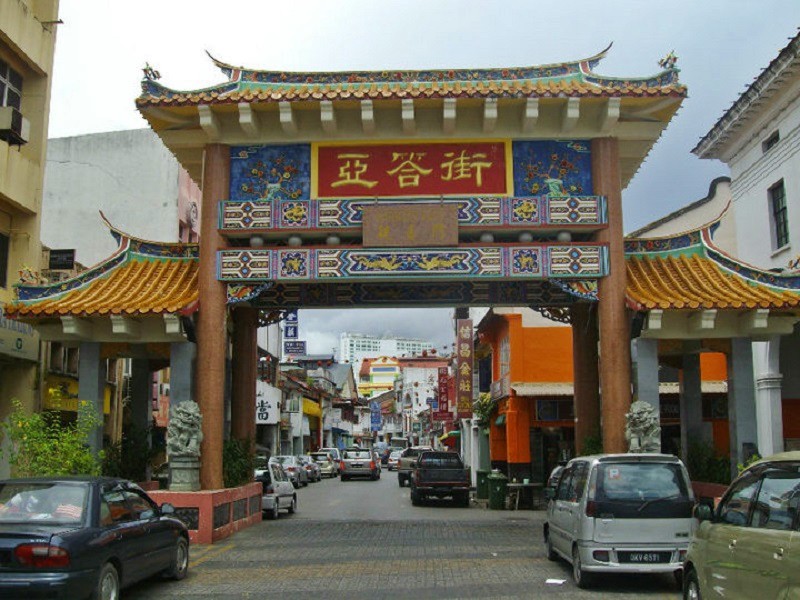
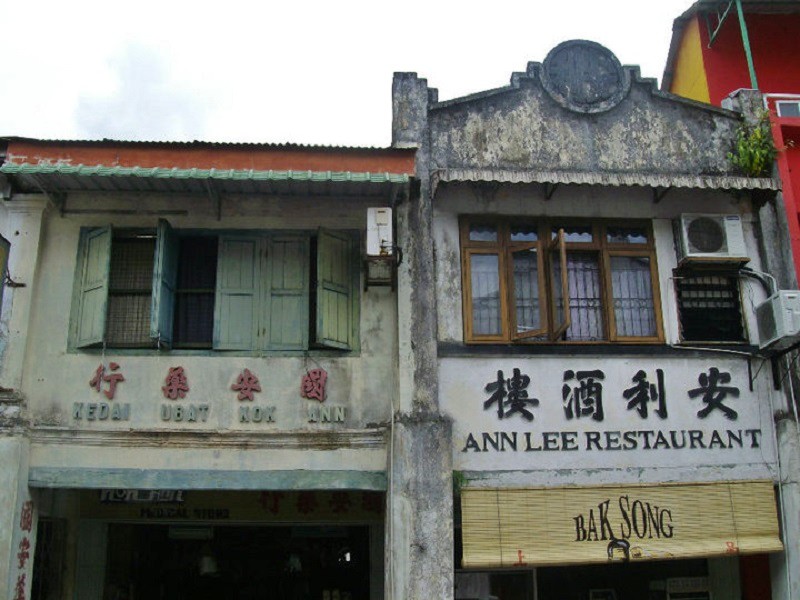
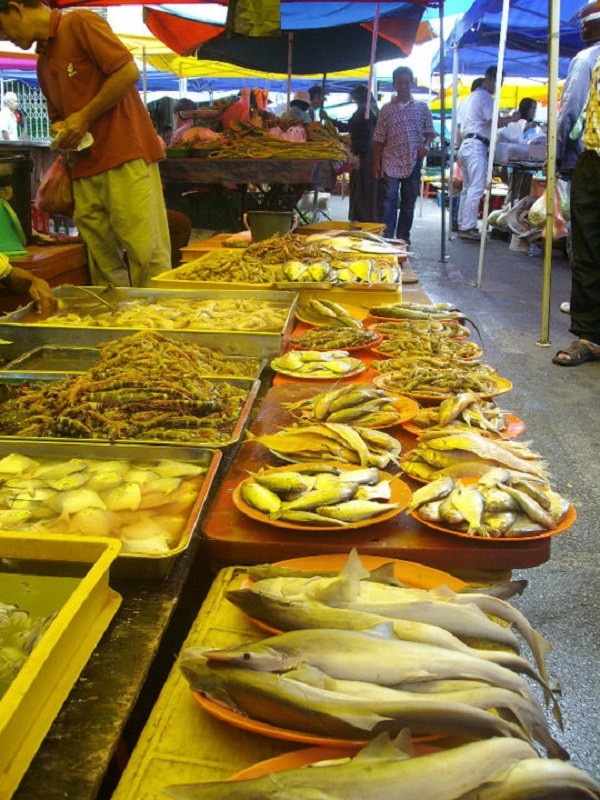
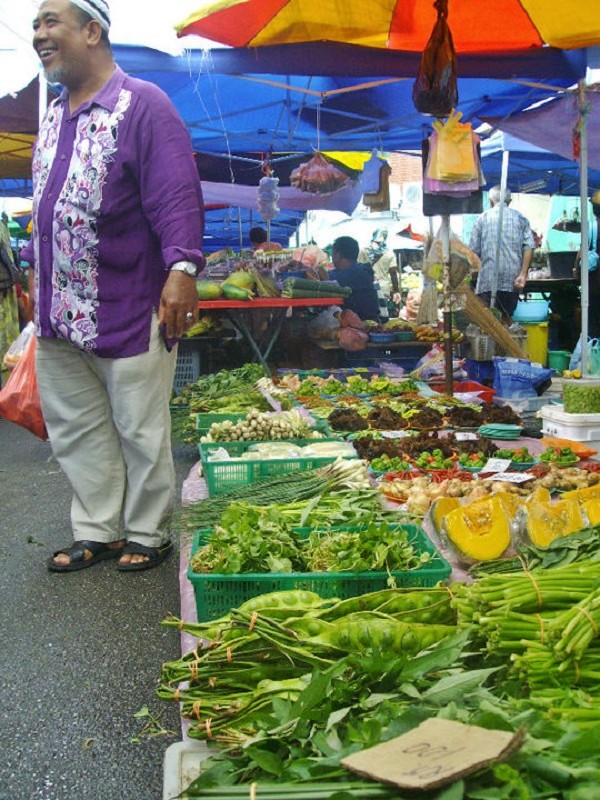
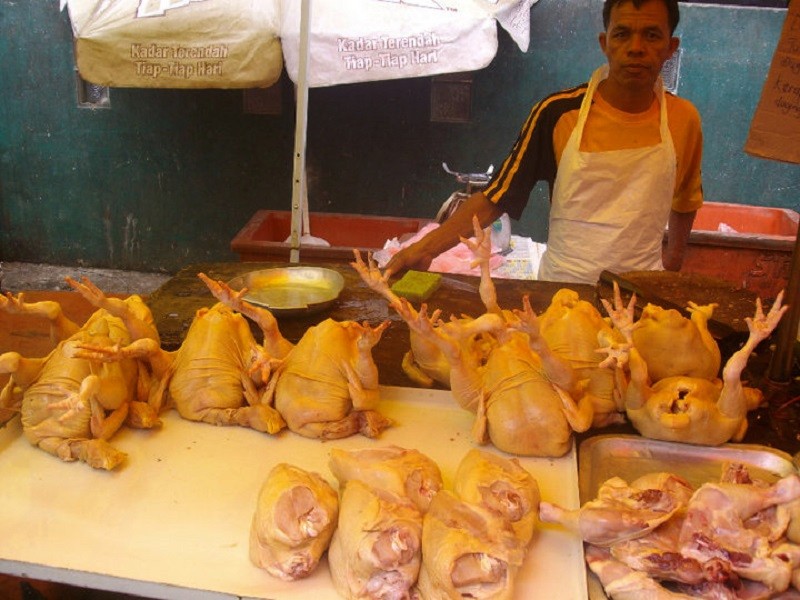
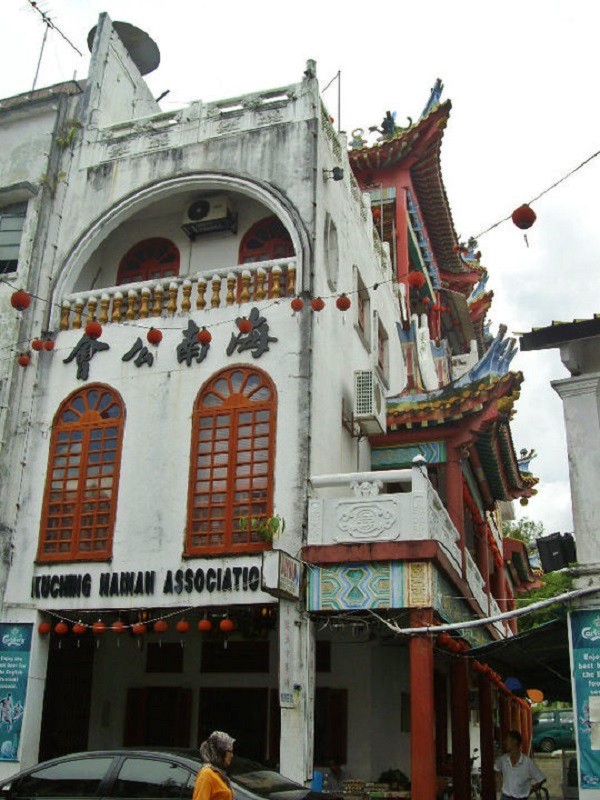
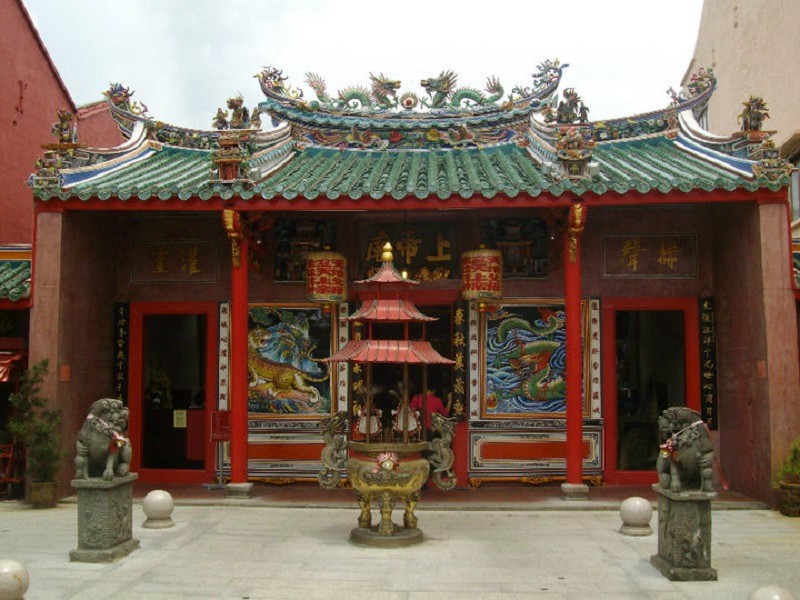
Semenggoh Nature Reserve
Although Kuching is a great city in its own right, most people travel here for the natural sights in the nearby surroundings, many of which can be easily visited on a half-day or day trip.
One of the most popular sights in the Greater Kuching area is the Semenggoh Nature Reserve, which is located some 21 kilometres (13 miles) south of Kuching and is easily reachable by taxi.
Semenggoh Nature Reserve, which also serves as a wildlife rehabilitation centre, is home to many different animal species, although it is best known for its successful rehabilitation programme for orangutans in the wild around Kuching.
The name orangutan, a species of great ape native to Indonesia and Malaysia, is derived from the word “orang” (meaning “person” in both Indonesian and Malay) and “utan” (meaning “forest” in both languages), so orangutan simply translates to “person of the forest”.
Male orangutans can reach up to 1.5 metres in height and weigh up to 100 kilograms, with females being slightly smaller in size.
Orangutans have an arm span of 2.4 metres, and their powerful arms are approximately six times stronger than those of humans, making them particularly well-suited to life in an arboreal environment.
This makes them highly vulnerable to deforestation, which is why the Bornean orangutan (Pongo pygmaeus) is classified as critically endangered.
Fortunately, the team at Semenggoh has successfully reintroduced many injured, orphaned, or formerly captive orangutans into the wild, and as their nature reserve has reached capacity, rehabilitation activities have been shifted to the Matang Wildlife Centre west of Kuching, which is also open to visitors.
When visiting Semenggoh Nature Reserve in Kuching, it’s important to set your expectations straight, as you must understand that it’s not a zoo and that orangutans live in the vast rainforests within this park, meaning sightings are not guaranteed.
Chances of seeing orangutans are quite good, as many gather in the trees around the feeding trail, where park rangers feed them between 9 and 10 in the morning and 3 and 4 in the afternoon, making this probably the best time to visit Semenggoh, so be sure to time your visit from Kuching carefully.
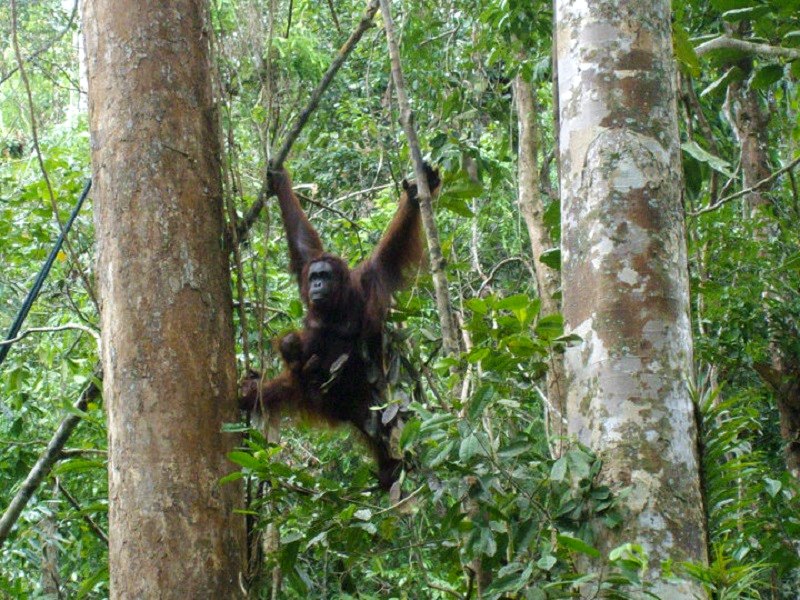
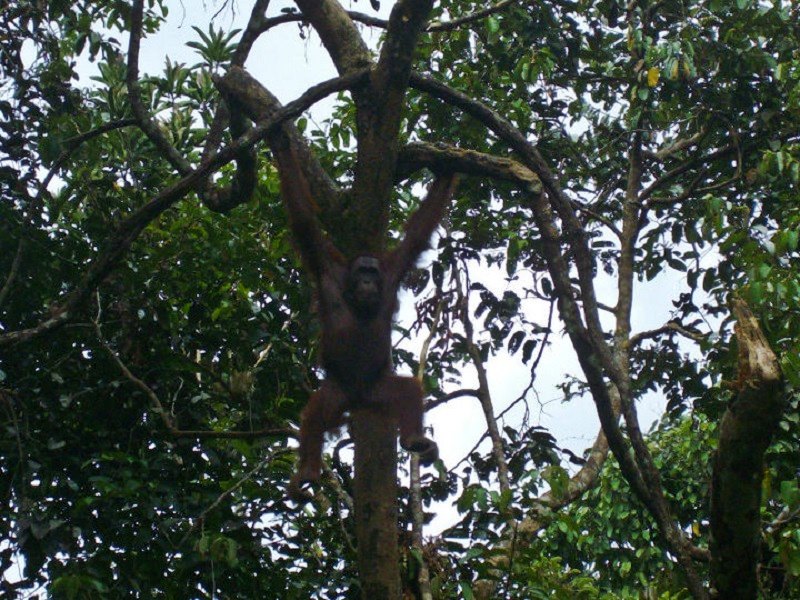
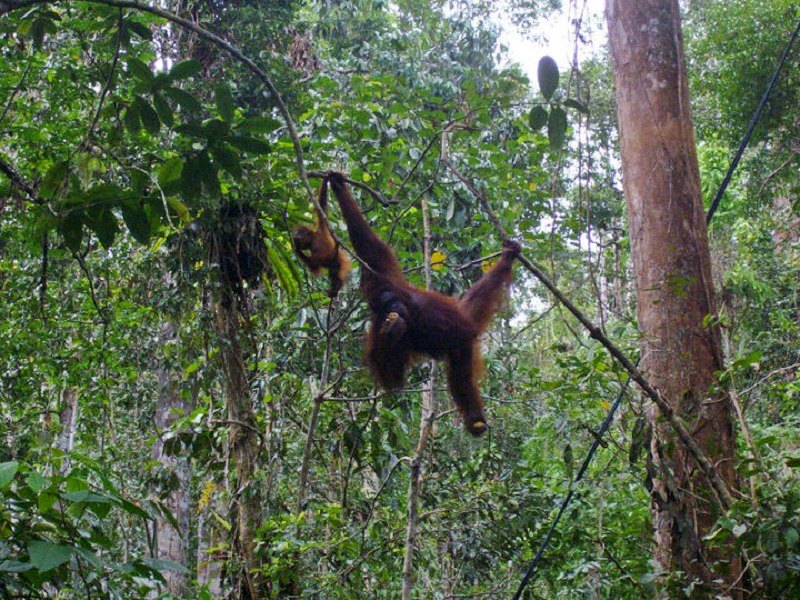
Kubah National Park
You don’t have to drive far from Kuching to find yourself in the deep rainforests of Borneo, with a couple of great national parks that can be easily visited on a half-day or day trip from the city.
Kubah National Park, located about 22 kilometres (13.7 miles) west of Kuching, was perhaps my favourite, as it offered the most impressive jungle scenery, with enormous trees and numerous streams and ponds running through the area.
There are a couple of well-signposted trekking trails through Kubah National Park, making it easy to take a bus or taxi from Kuching to the Park Headquarters and hike on your own, as a guide might only be necessary if you want to engage in specialist activities such as bird-watching or learning about the 60 different types of frogs in the park.
Among the shorter and easier trails in Kubah National Park are the Palmetum Trail (30 minutes one-way), which takes you past some fine palm trees for which Kubah is well-known, and the Belian Trail (45 minutes one-way), which passes by numerous native Belian (Borneo Ironwood) trees that can reach up to 50 metres in height with trunks over 2 metres wide.
On our visit to Kubah National Park we however opted for the Waterfall Trail (90 minutes one-way), a strenuous but popular trail that winds through the dense Borneo rainforests to an impressive waterfall and rock pool.
Although the trail itself isn’t technically difficult, the humid Borneo climate makes the uphill hike demanding, so be sure to pack enough water.
We also took the Selang Trail (45 minutes one-way) to the viewing point on Bukit Selang, a hill that offers sweeping views over the rivers, coastal wetlands, and the sea north of Kuching.
Other popular trails in Kubah National Park include the Rayu Trail (2 hours one-way), which links the Park Headquarters to the Matang Wildlife Centre, and the Summit Road, which leads to the top of Mount Serapi (3 hours one-way).
However, the latter is perhaps better done by car, as walking along a paved road isn’t as enjoyable as a trail through the jungle.
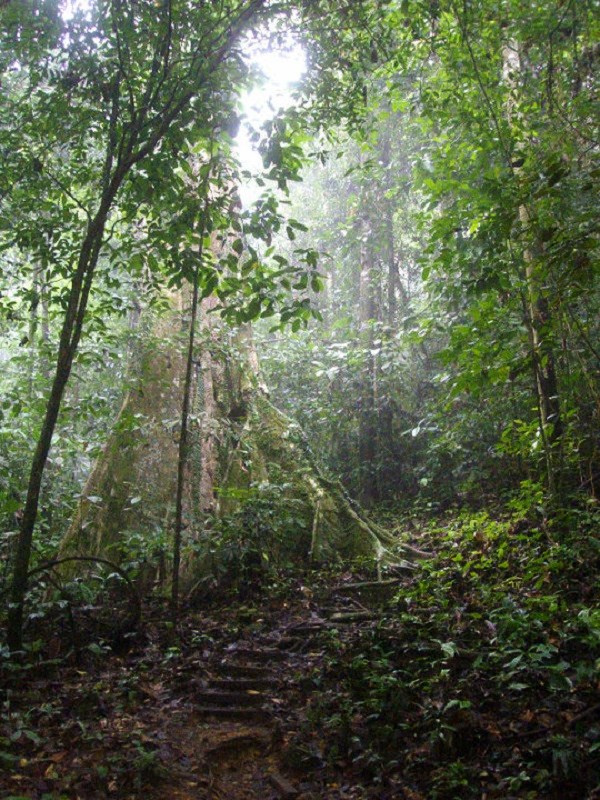
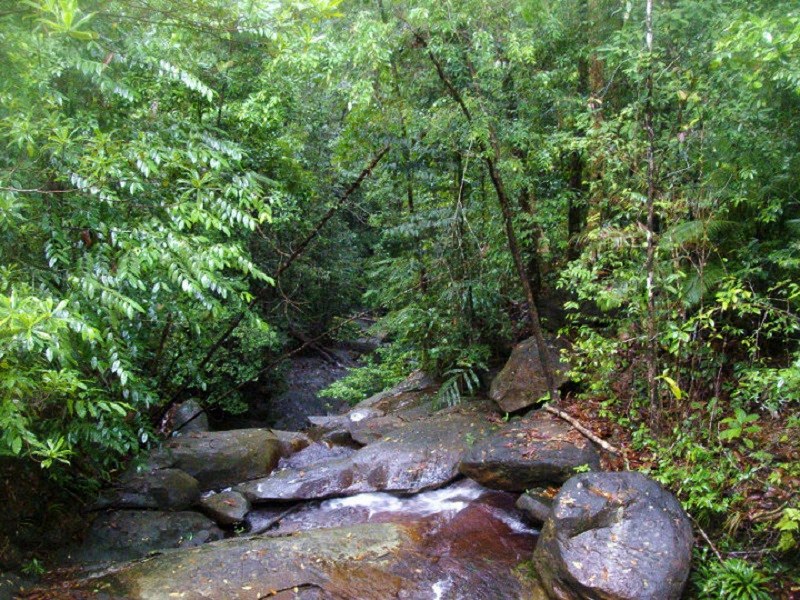
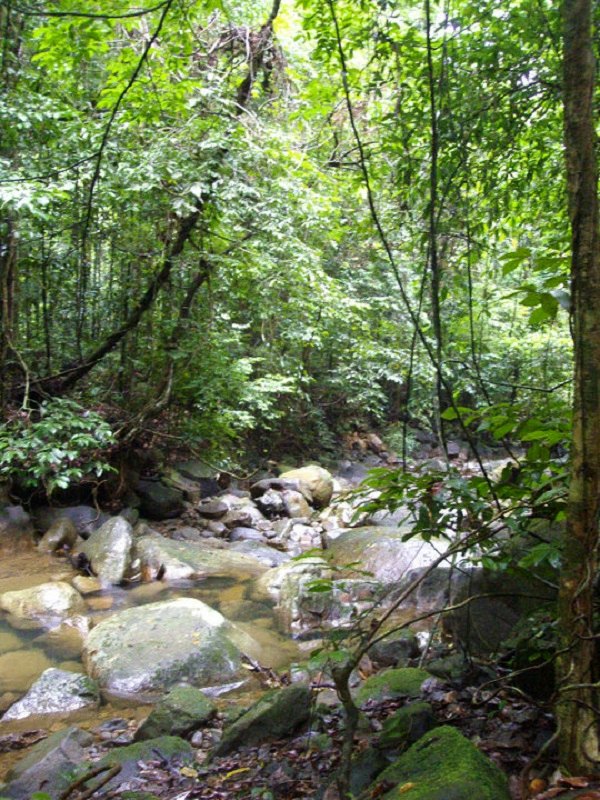

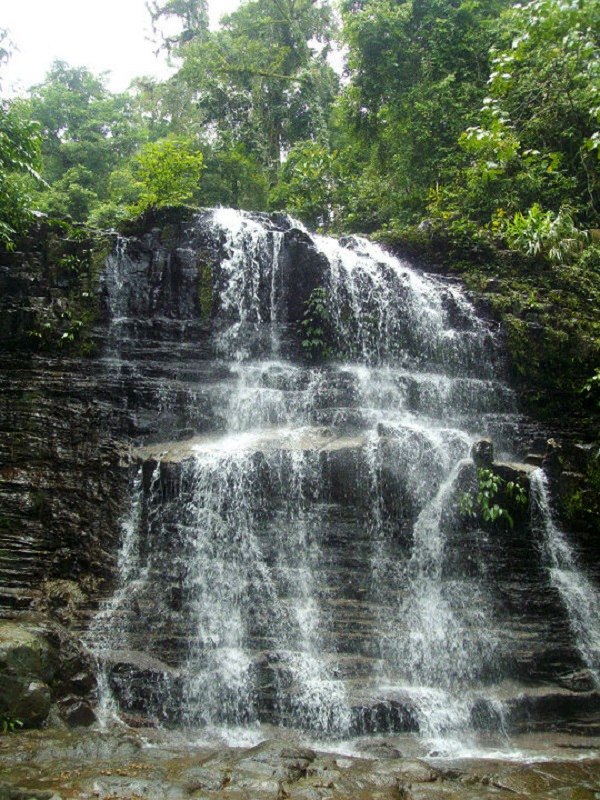
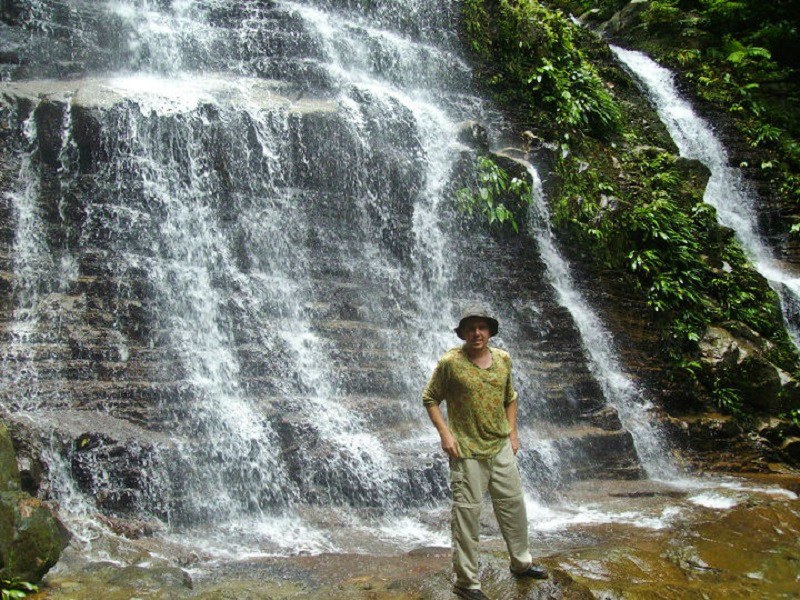
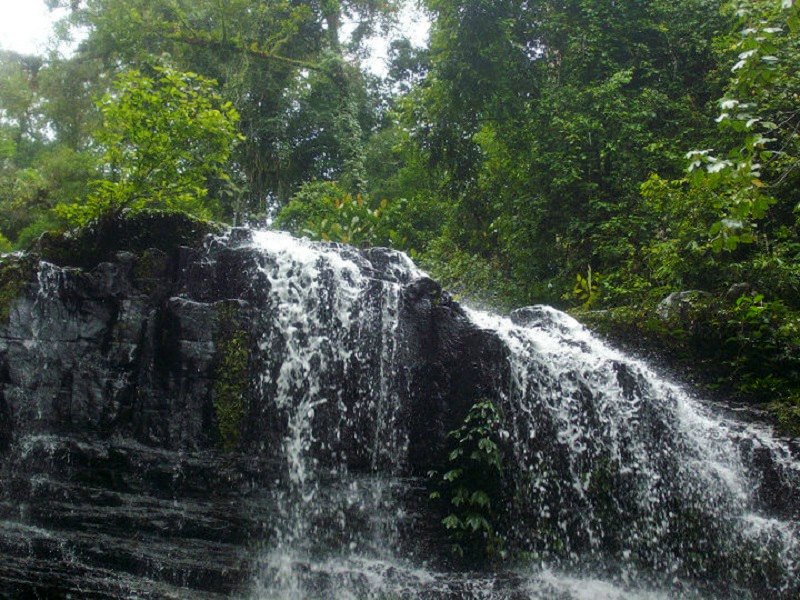
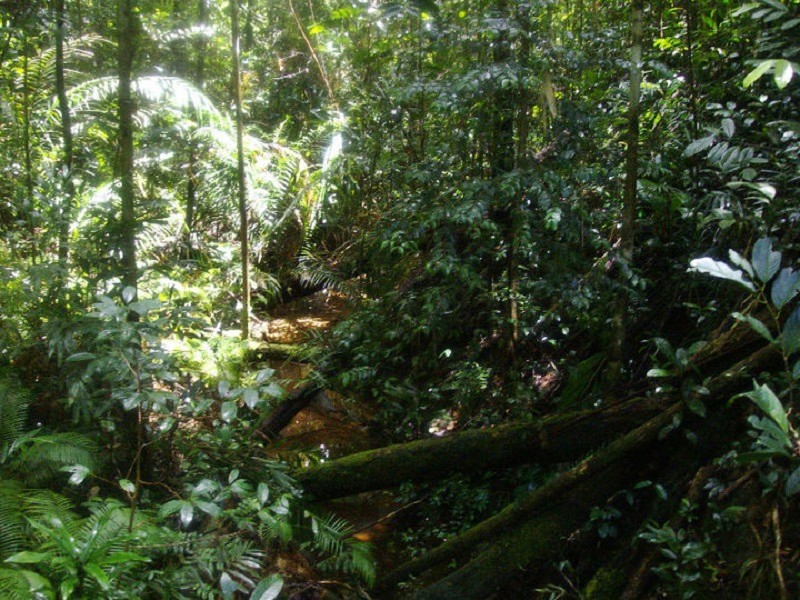
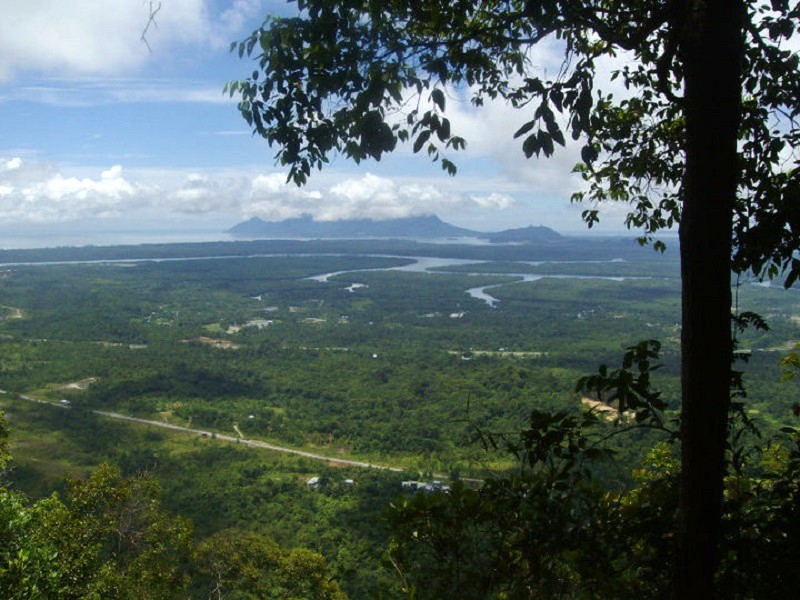
Bako National Park
Another must-visit national park near Kuching is Bako National Park, known for its great variety of wildlife and diverse natural landscapes, ranging from mangrove forests to deep rainforests and shrublands.
Bako National Park is located approximately 23 kilometres (14 miles) north-east of Kuching, covering the northern part of the Muara Tebas peninsula.
To travel from Kuching to Bako National Park, you first have to reach the Bako Terminal in Kampung Bako by bus or taxi.
At Bako Terminal, you’ll find a jetty on the Sungai Tabo River, where you can take a shuttle boat or hire a private boat charter to reach Bako National Park.
It takes between 20 and 30 minutes by boat along the river and coast to reach the park headquarters at Telok Assam (Assam Bay).
From here, numerous trails and boardwalks run through the diverse ecosystems of Bako National Park, making it easy enough to visit on your own.
However, an expert guide can be invaluable in helping you spot wildlife, as they know the best spots where you’re most likely to see animals and can share extensive knowledge about them.
While Semenggoh is best known for its orangutans, Bako National Park is famous for its proboscis monkeys (Nasalis larvatus), and you stand a very good chance of seeing these long-nosed monkeys with their pot bellies on your day trip from Kuching, as they often gather around the park headquarters, as well as the trees along Telok Paku and Telok Delima.
As appealing as some of the beaches look, park authorities strongly advise against swimming, as the coastal areas are home to a large population of crocodiles.
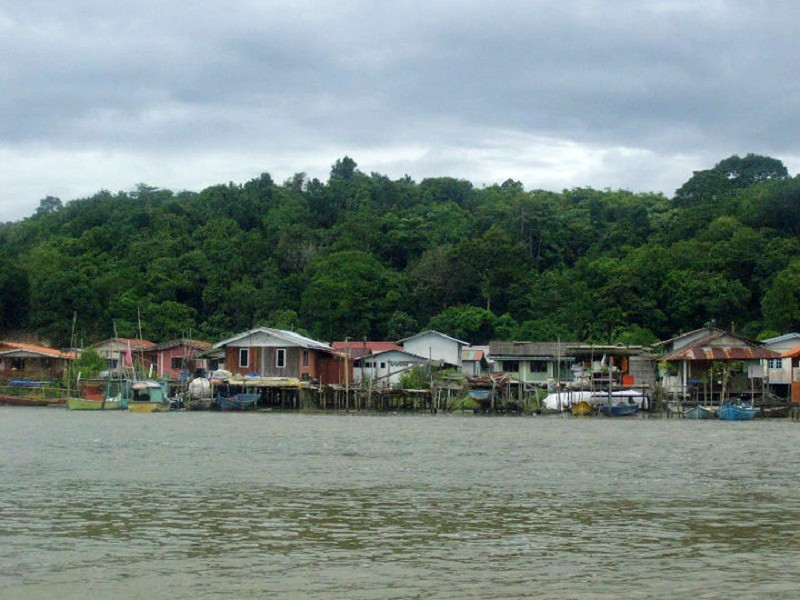
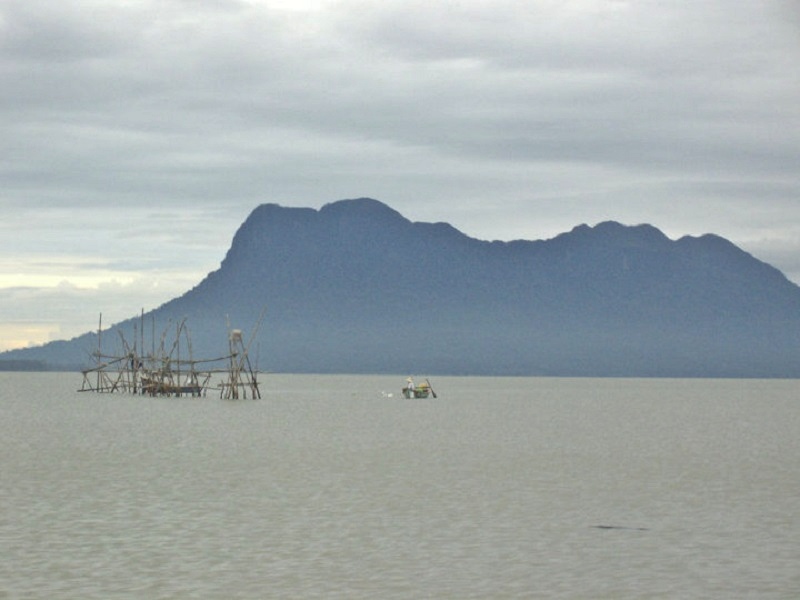
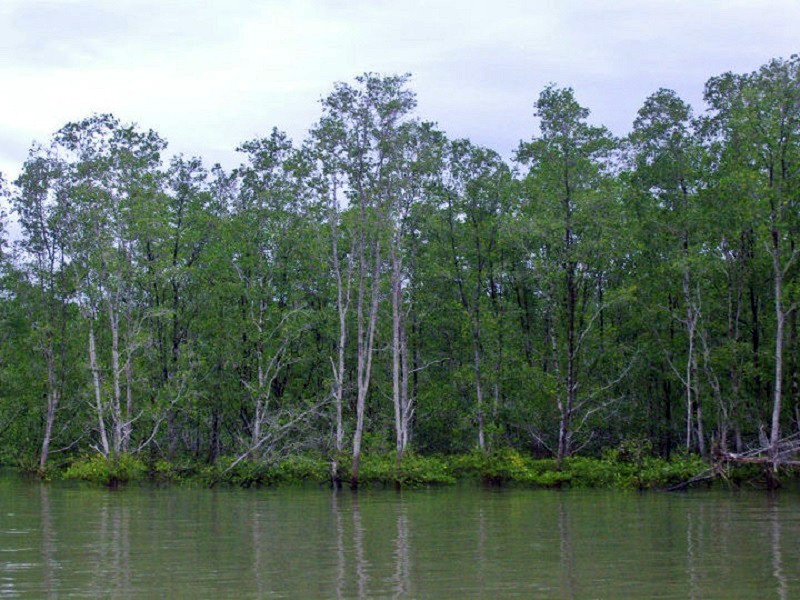
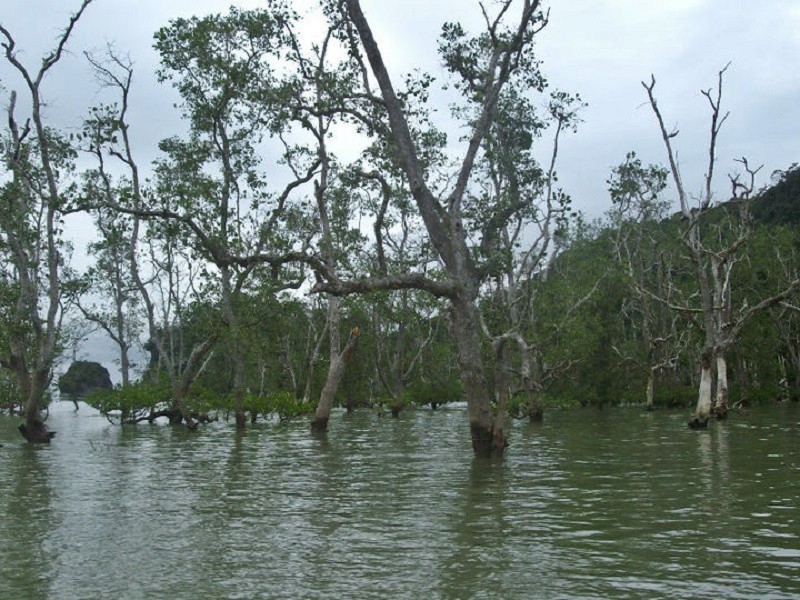
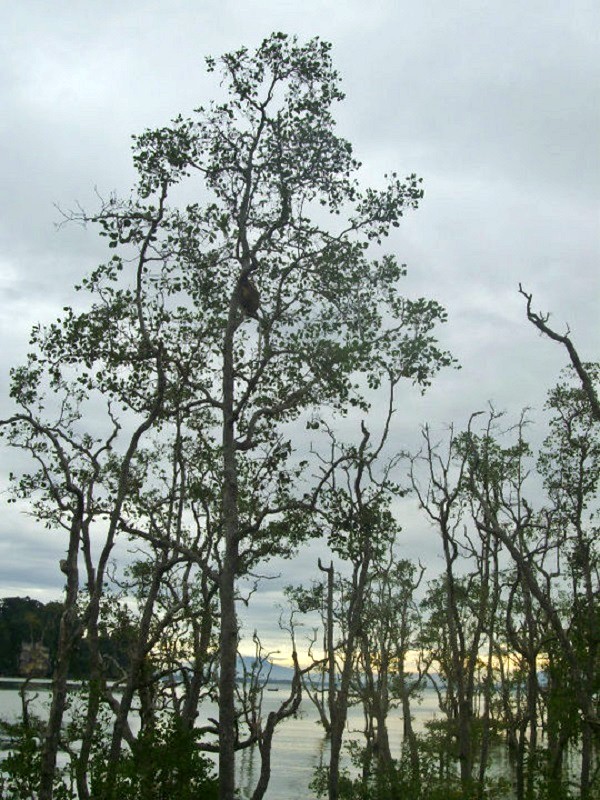
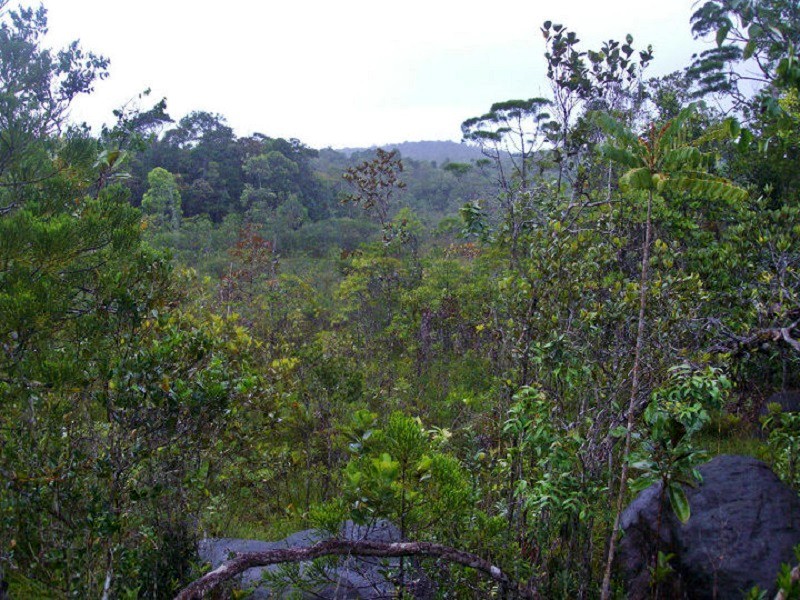
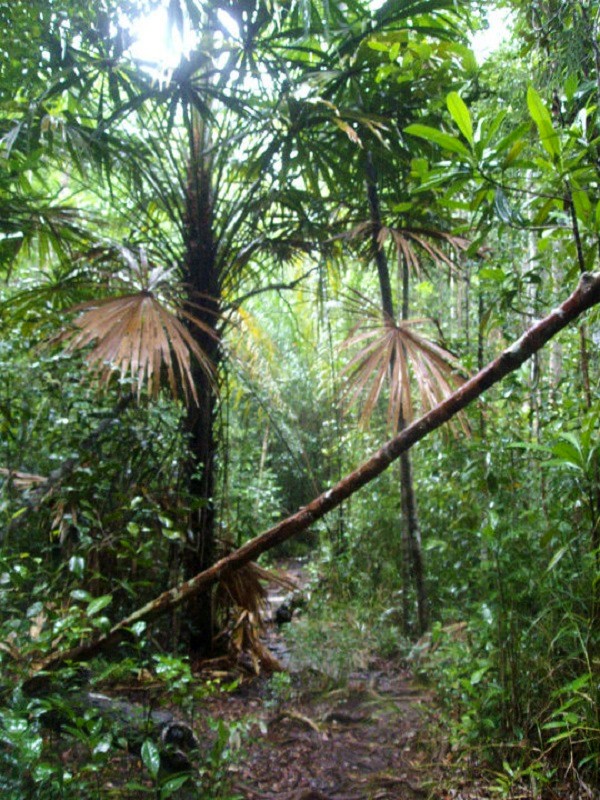
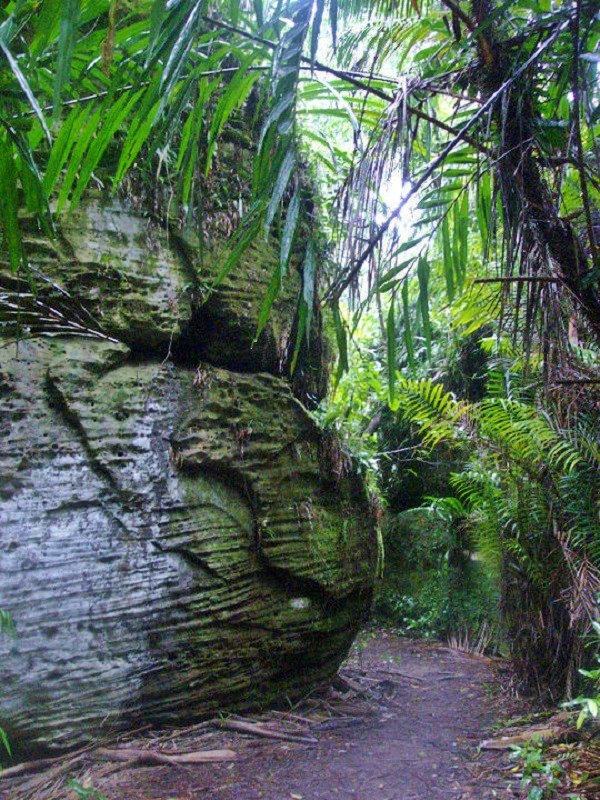
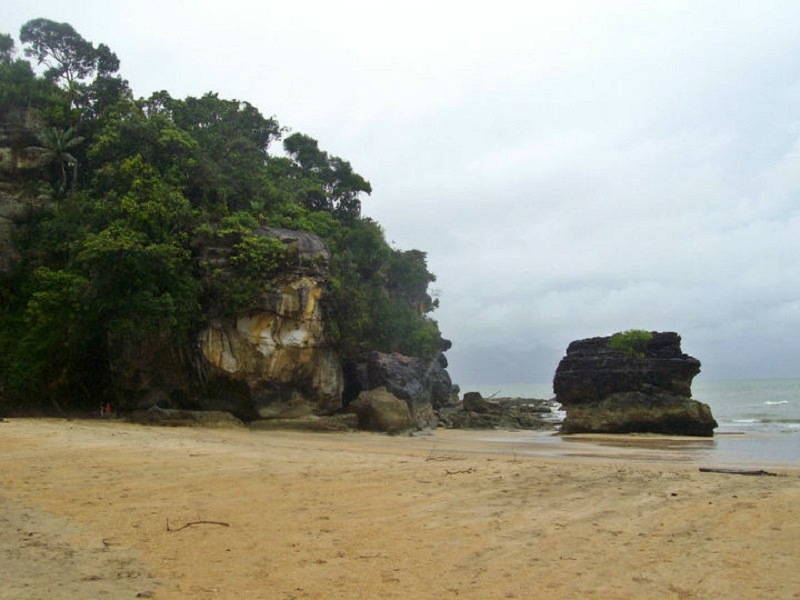
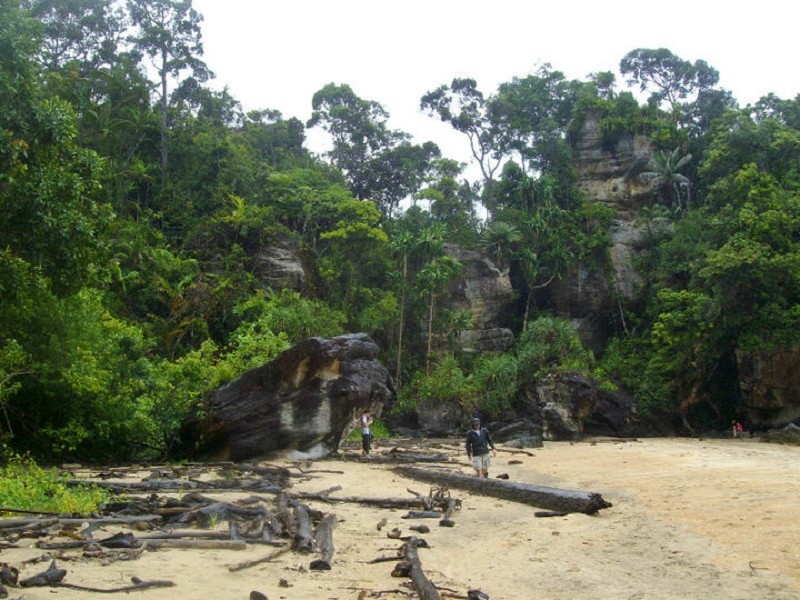
Other sights
There are several other sights in the Greater Kuching area that are probably well worth a visit, but for which we unfortunately didn’t have the time during our travels.
Kampung Budaya Sarawak (Sarawak Cultural Village), a living open-air museum that showcases the tribal lifestyles of the many ethnic groups of Sarawak and their traditional houses, is perhaps the most interesting of them all, and is located some 33 kilometres (20.5 miles) north of Kuching.
How to get to Kuching
Kuching International Airport has frequent domestic flights to cities in mainland Malaysia, including the capital Kuala Lumpur, with full-service airline Malaysia Airlines and low-cost carrier AirAsia operating the majority of the flights.
It’s also easy to reach Kuching from Singapore, with both AirAsia and Singapore Airlines operating the route.
When travelling to Kuching from outside Southeast Asia, it’s best to look for one-stop itineraries on airlines such as Malaysia Airlines and Singapore Airlines.
Although Royal Brunei Airlines and low-cost carrier Scoot also serve Kuching, they offer a more limited number of connecting flights.
It’s also possible to reach Kuching overland by bus from Pontianak in the province of West Kalimantan on the Indonesian side (southern half) of Borneo.
Note that Sarawak has greater autonomy than the federal states in Peninsular Malaysia, and like Sabah in the north-eastern part of Borneo, it has a special immigration status.
This means that passport control will also take place if you travel from mainland Malaysia into Kuching, and you’ll receive a separate entry permit stamped in your passport.
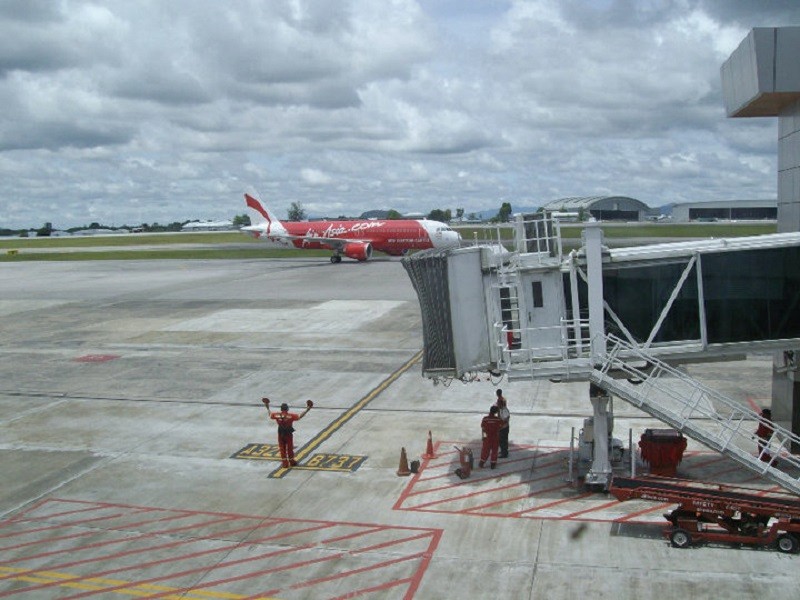
Conclusion
Kuching is a unique travel destination in Malaysia, where you can combine the urban charms of the city with the wild jungle scenery and rich wildlife right on its doorstep.
Start your visit by exploring the unique cultural landscape of Kuching, with its Malay, Chinese, and Iban communities.
Chinatown is an especially attractive part of Kuching to visit, thanks to its fine Chinese shophouse architecture and lively street markets and hawker centres.
Just outside Kuching, you can spot orangutans in their natural habitat at Semenggoh Nature Reserve, go hiking through the dense jungle of Kubah National Park, and visit the diverse landscapes and community of long-nosed monkeys at Bako National Park.
Explore some other destinations with us!
In our trip report section, you can find multiple reports of holidays across the world which could give you some inspiration for your next trip.
These trip reports include destination guides as well as reviews of hotels, airlines, trains, and other modes of transport.
Our last two featured articles highlighted the Christmas Market of Bamberg, and the unique border ceremony at the Attari-Wagah crossing between India and Pakistan.
Make sure you subscribe to our Twitter, Facebook, and Instagram pages in order to receive instant Paliparan updates when a new travel article or flight deal is posted!

